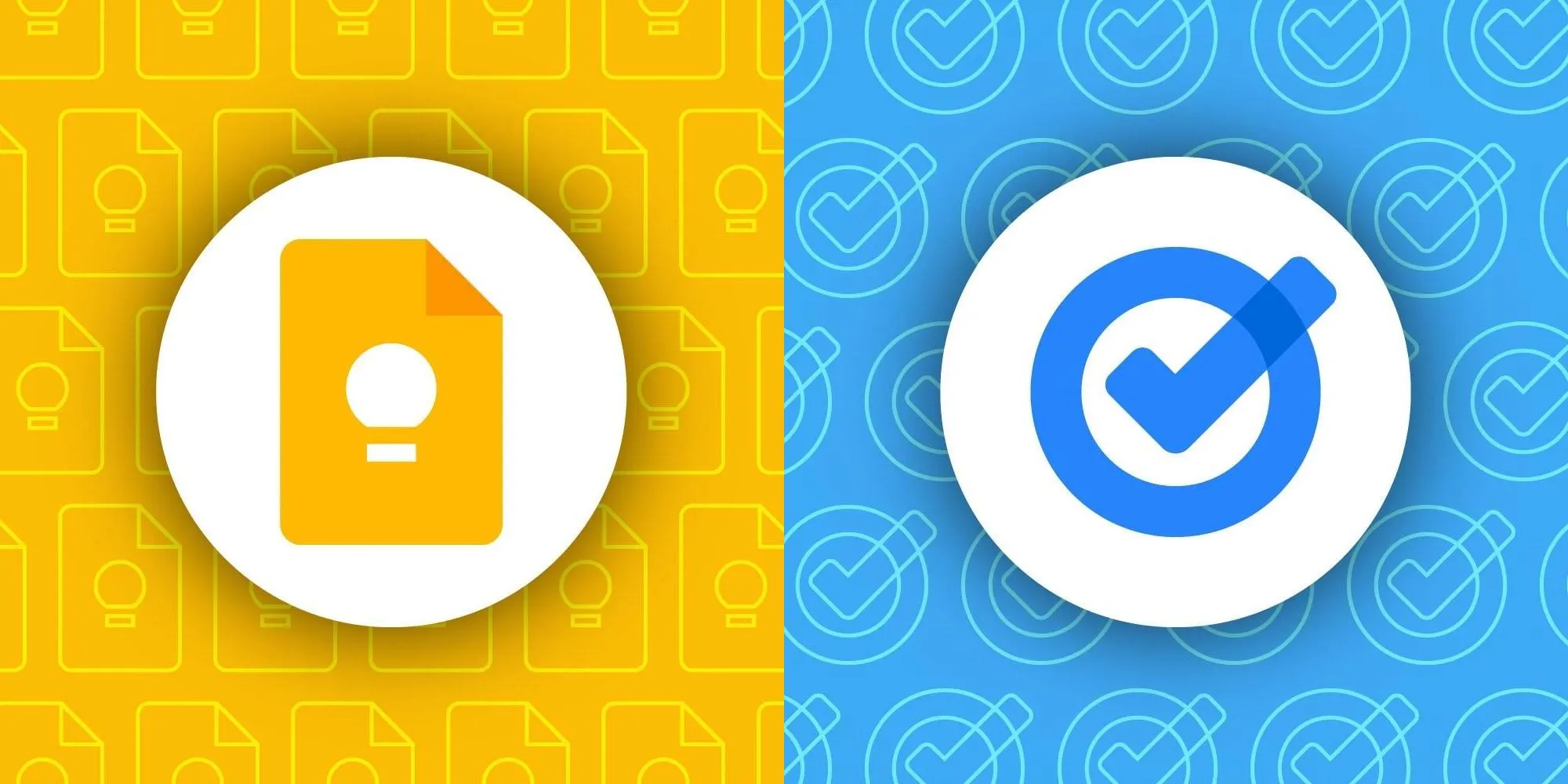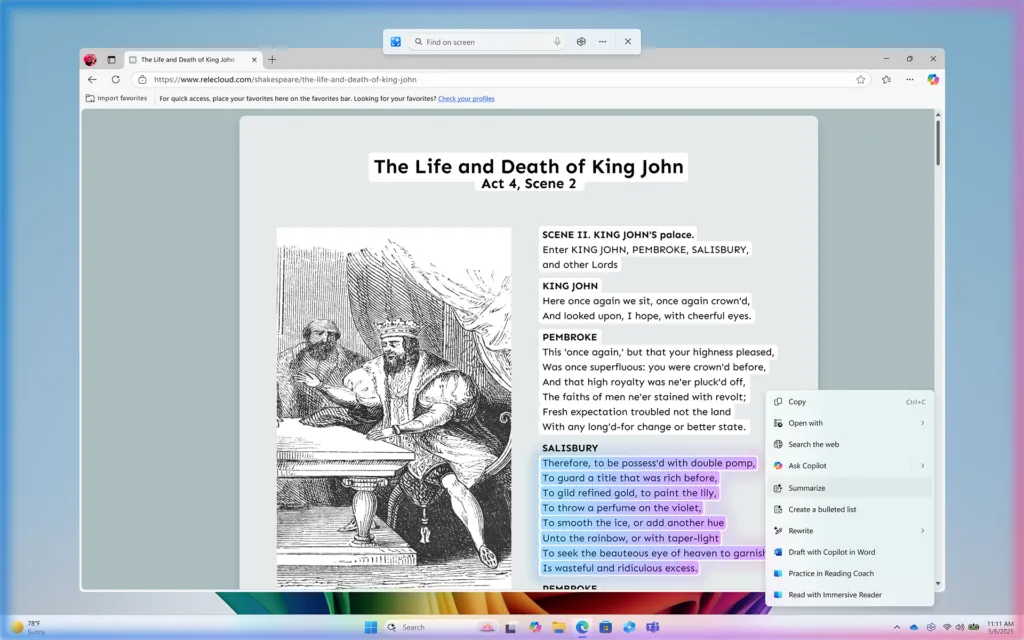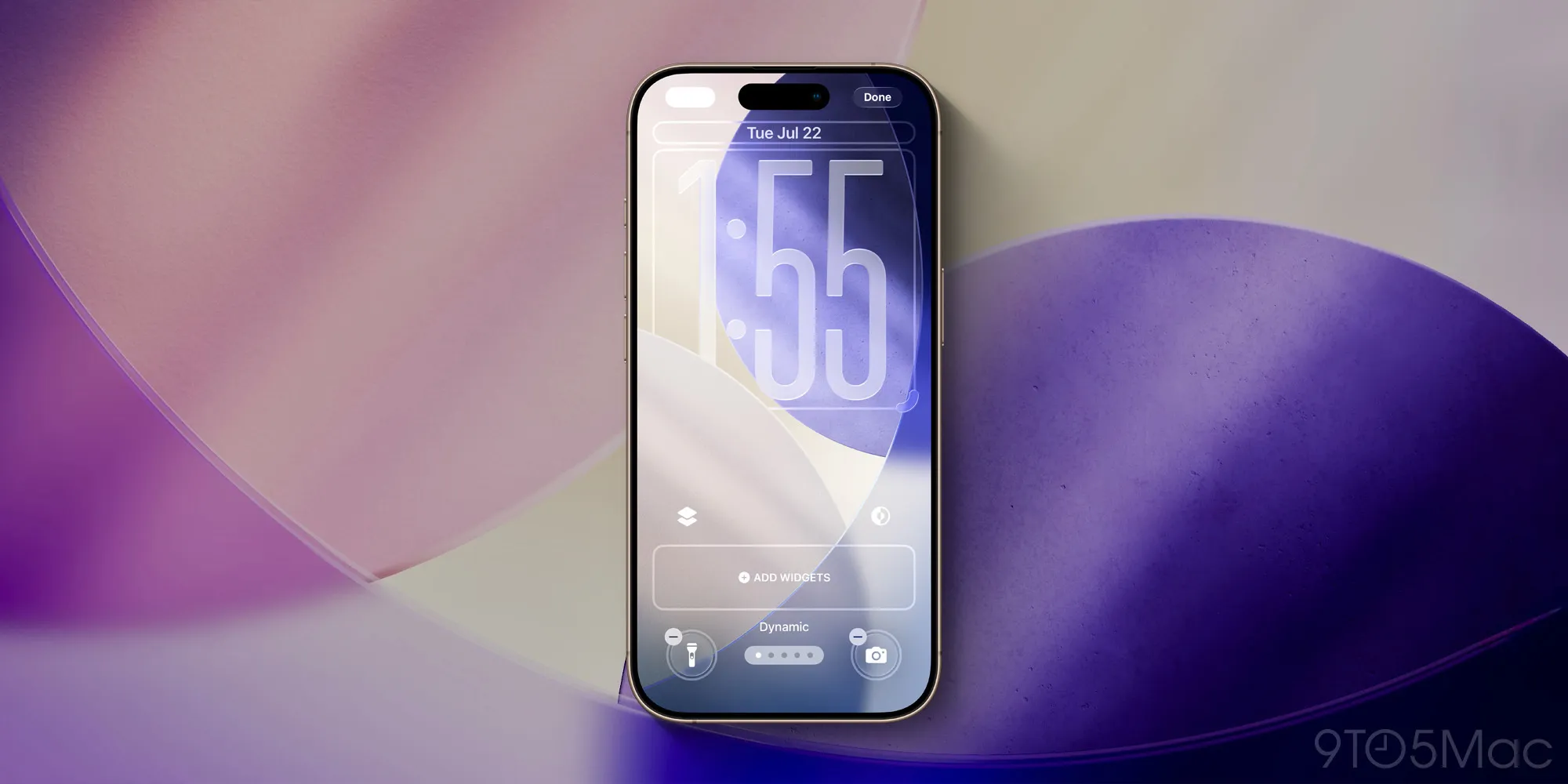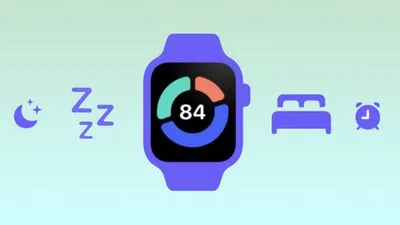Imagine your everyday smartphone, quietly sitting in your pocket or on your nightstand, acting as a crucial part of a worldwide network detecting earthquakes. That’s exactly what Google has achieved. Between 2021 and 2024, the tech giant transformed over two billion Android phones into a massive seismic sensor grid, now actively sending automated earthquake warnings to millions across 98 countries. This ambitious project, detailed in a recent report, shows how consumer tech is revolutionizing public safety, offering a new approach to early earthquake detection that complements traditional systems.
Contents
The Secret Life of Your Phone’s Motion Sensors
Traditionally, earthquake detection relies on expensive, specialized seismometers placed in specific locations. Google’s innovation flips this model on its head. Instead of dedicated equipment, the Android Earthquake Alerts system taps into the motion sensors – accelerometers – already built into your smartphone. These tiny sensors, usually used to orient your screen or track your steps, can also detect subtle ground vibrations.
The sheer scale is what makes this system so powerful. With billions of Android phones constantly connected globally (unless users opt out), Google can collect a massive amount of motion data. Advanced algorithms then sift through this data, identifying patterns of collective shaking that indicate an earthquake. It’s not about any single phone being super precise; it’s about the network effect – piecing together signals from countless devices to accurately pinpoint the origin and strength of tremors, even faint ones. This method has allowed the system to identify over 11,000 earthquakes with accuracy that surprisingly rivals professional seismic instruments.
 A global network map illustrating interconnected mobile phones detecting seismic waves
A global network map illustrating interconnected mobile phones detecting seismic waves
From Concept to Life-Saving Alerts: The Impact So Far
Since its quiet launch three years ago, the Android Earthquake Alerts system has dramatically expanded its reach. The number of people receiving warnings has surged tenfold, bringing critical early alerts to communities that previously had no access to such vital information. This crowdsourced approach democratizes earthquake preparedness, making safety accessible through a device most people already own.
This isn’t just a tech experiment; it’s a proven system. Google’s detailed analysis, published in the prestigious journal Science, marks the first comprehensive review of its performance. It highlights the system’s ability to contend with real-world complexities like local geology and varying phone models, demonstrating a truly robust and adaptable solution.
Learning and Evolving: Challenges and Improvements
No system is perfect, especially when dealing with the unpredictable power of nature. The devastating earthquakes in Turkey in February 2023 presented a critical learning opportunity for the system. While 4.5 million alerts were sent, the system initially underestimated the severity of these powerful events. This incident underscored a key challenge: fine-tuning the algorithms to distinguish between minor tremors and catastrophic quakes.
Google’s team didn’t just analyze the past; they acted on it. By revisiting the Turkey quakes with upgraded algorithms, they found that improved analysis would have triggered stronger, more urgent ‘Take Action’ alerts, potentially reaching up to ten million devices. “This shows they have been working to improve the system since 2023, with tangible positive results,” noted Harold Tobin, a seismologist at the University of Washington. This commitment to continuous improvement is vital for a public safety tool.
The Future of Smartphone Seismic Monitoring: Trust and Openness
The success and potential of Google’s system naturally raise important questions, particularly around transparency. While Google emphasizes its commitment to openness, the proprietary nature of its algorithms and the privacy implications of user data remain points of discussion among scientists.
Experts like Allen Husker, a seismologist at the California Institute of Technology, commend the system as “very impressive,” especially for countries lacking official early-warning infrastructure. However, he also advocates for independent scientific access to the system’s data and algorithms to build broader confidence in its reliability. Google consistently frames its Android earthquake alert as a supplementary safety measure, designed to work alongside official governmental or scientific early warning systems, not replace them. As Richard Allen, a seismologist at the University of California, Berkeley, and a visiting faculty member at Google, put it, “I hope the community will recognize that and appreciate that.”
Ultimately, the Android Earthquake Alerts system is a remarkable example of how everyday technology, harnessed at an unprecedented scale, can contribute significantly to global public safety. It’s a testament to the power of connected devices and smart algorithms in tackling real-world challenges.
Want to learn more about how technology is helping prepare for natural disasters? Explore our deep dive into AI and disaster response.






























